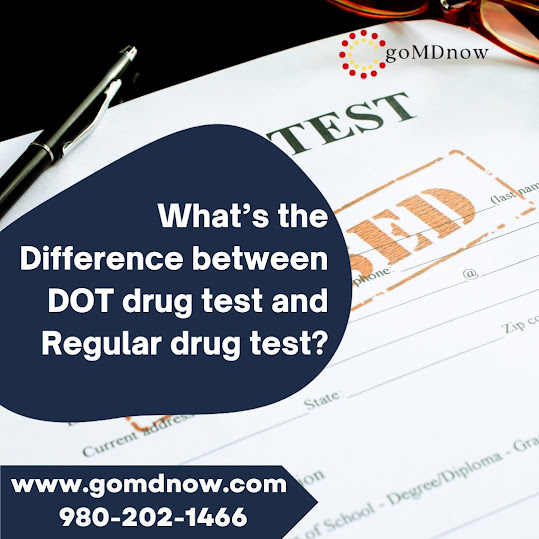The differences between DOT and non-DOT drug testing: what employers need to know?
Drug testing is a common practice used by employers to ensure a safe and productive workforce. However, not all drug testing is the same. There are two main types of drug testing: DOT (Department of Transportation) and non-DOT. It is important for employers to understand the differences between the two types of testing and the regulations that apply to them.
DOT drug
testing is governed by the Federal Motor Carrier Safety Administration
(FMCSA) and applies to employees in safety-sensitive positions in the
transportation industry. This includes truck drivers, bus drivers, pilots, and
other transportation workers. DOT drug testing is more rigorous and has
stricter consequences for positive test results than non-DOT drug testing.
One of the main differences between DOT and non-DOT drug
testing is the types of drugs that are tested for. DOT testing includes testing
for five main categories of drugs: marijuana, cocaine, opiates, amphetamines,
and phencyclidine (PCP). Non-DOT testing, on the other hand, may include
testing for additional drugs such as barbiturates and benzodiazepines.
Another difference is the testing procedures. DOT drug
testing is conducted using urine samples, while non-DOT drug testing can also
include blood, hair, and saliva samples.
The consequences for a positive test result also differ
between DOT and non-DOT drug testing. For DOT-regulated employees, a positive
test result can result in immediate removal from safety-sensitive duties, as
well as possible disqualification from future safety-sensitive positions. For
non-DOT employees, the consequences will depend on the company's drug-free
workplace policy.
Employers must also follow specific procedures for selecting
employees for testing, and for notifying employees of their test results.
Employers must also ensure that the testing is conducted by a certified laboratory.
It is important for employers to understand and comply with
the regulations for both DOT and non-DOT drug testing. Failure to do so can
result in significant legal and financial consequences. Employers must also
provide employee education on the company's drug-free workplace policy and the
testing procedures.
In conclusion, there are significant differences between DOT
and non-DOT drug testing. Employers must understand the regulations and
procedures for both types of testing to ensure compliance and maintain a safe
and productive workforce. Regular employee education on the company's drug-free
workplace policy and the testing procedures is also important.




Comments
Post a Comment